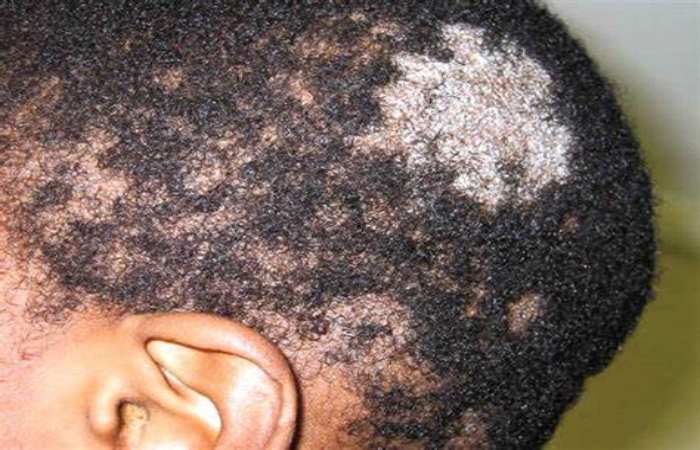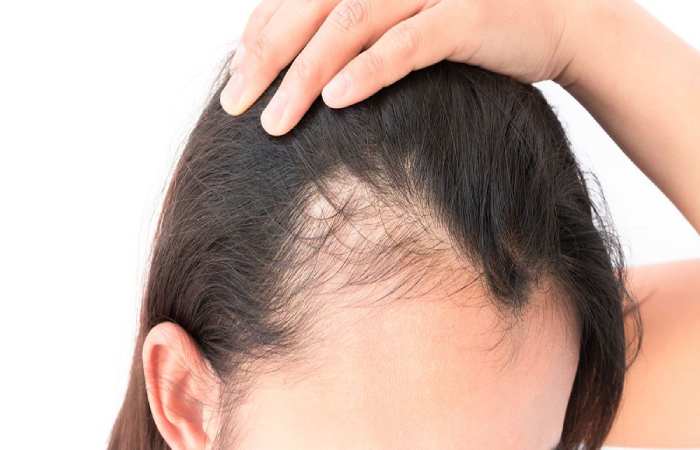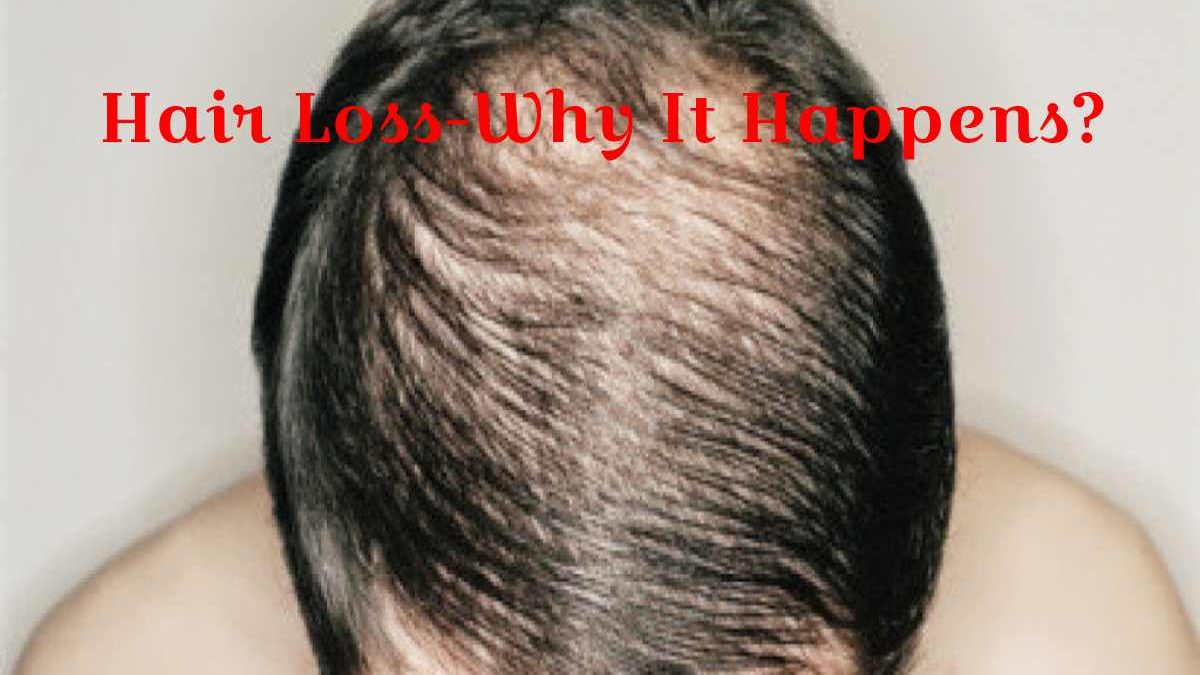Introduction
Soft hair thinning to complete baldness are all possible levels of Hair Loss. There are several reasons why hair might fall out. Medically, there are various classifications for Hair Loss, including:
Two to three months following significant bodily stress, such as a protracted sickness, painful surgery, acute infection, telogen effluvium, a frequent hair loss, may occur. Additionally, it may occur following an abrupt decrease in hormone levels, particularly in postpartum women. since reasonable amounts of Hair fall out from all areas of the scalp. It is uncommon to observe significant bald spots, while some areas of the scalp may appear to have weaker hair.
Hair Loss is a potential adverse effect of certain drugs. Many cancer chemotherapy drugs, including doxorubicin (Adriamycin), usually result in abrupt hair fall that affects the entire head.
Medical Condition’s Indication
Hair Loss can be a sign of some diseases, including lupus, syphilis, thyroid disorders (such as hypothyroidism or hyperthyroidism), a sex-hormone imbalance, and significant nutritional issues, including a lack of protein, iron, zinc, or biotin. The two groups most likely to suffer from these deficits are those on tight diets and those with highly high menstrual flow.
Tinea Capitis (Fungal Contamination of The Scalp)

This patchy Hair Loss results from scalp infection by certain fungi. This results in the scalp flaking or becoming scaly, and the hair falls out at the scalp’s surface. Children frequently have patchy hair fall due to tinea capitis.
Alopecia Totalis
Hair Loss occurs in one or more tiny patches due to the autoimmune disorder alopecia areata. Although it is more frequent in those with other autoimmune disorders, the aetiology of this ailment remains unclear. Alopecia totalis is the medical term for when the same process completely removes all hair from the scalp.
Stress Alopecia
This is Hair Loss brought on by hair styling procedures that pull, heat-twist, or chemically harm the hair. Examples include tight braiding, cornrowing, and using a curling iron or hot rollers (bleaching, hair colouring, permanent waves). Additionally, some people develop trichotillomania, a rare psychiatric illness in which excessive hair pulling and twisting can result in bald areas.
Androgenetic Alopecia
Hereditary pattern baldness is when a man has thinning hair on top of his head or a receding front hairline. It is the most typical Hair Loss in men, and it can start at any age, even in adolescence. Usually, the encounter is what causes it. It Contains essential factors: ageing, male hormones, and an inherent propensity for baldness. Many women will experience female-pattern baldness to some extent. The whole top or crown of the scalp thins in women, sparing the front of the scalp.
Evaluation of Hair Loss

Your doctor will determine the reason for your Hair Loss based on your health history, the drugs you take, your nutritional state, your hair care routine, and a physical examination. Your doctor could take a sample of your hair for testing in the lab if they think you have a fungal infection of the scalp. If your doctor detects a medical condition (like lupus), a thyroid issue, an iron deficiency, or a sex-hormone imbalance, blood testing will likely be required.
Medicine for Hair Loss
Usually, the only course of action for Hair Loss brought on by telogen effluvium or pharmacological side effects is to stop using the offending medicine. Hair fall may be reduced or eliminated by limiting damage or chemical exposure (such as using a blow dryer, hair straightener, dyeing, or perm). When a healthy diet and the underlying medical condition are adopted and treated, it caused by malnutrition or sickness typically ceases. It takes 6 to 12 weeks of oral medicine, like terbinafine (Lamisil) or itraconazole, to treat a fungal scalp infection. A corticosteroid injected into the body or administered topically can cure alopecia areata. Anthralin cream (Drithocreme, DrithoScalp, Psoriatic), minoxidil (Loniten, Rogain), or a combination of these medicines are other options for treating this problem.
Avoidance
By reducing stress, maintaining a balanced diet, adopting reasonable hair care methods, and, if it’s feasible, switching to drugs that don’t cause Hair Loss, several types of hair fall can be avoided. Maintaining clean hair and never using another person’s cap, comb, or brush will stop fungal infections from causing hair loss. In some instances, medicine can prevent hair fall caused by genetic baldness.
Conclusion
Numerous hereditary-pattern baldness sufferers, both men and women, choose not to have treatment for Hair Loss. Topical minoxidil is typically the first line of treatment for individuals who do seek medical attention (Rogaine). Men may also be preserved with oral finasteride (Propecia, Proscar) or dutasteride (Avodart) or undergo scalp-reduction surgery or hair transplantation. While finasteride may be suggested for postmenopausal women, oestrogen or spironolactone may be used to treat premenopausal women.

